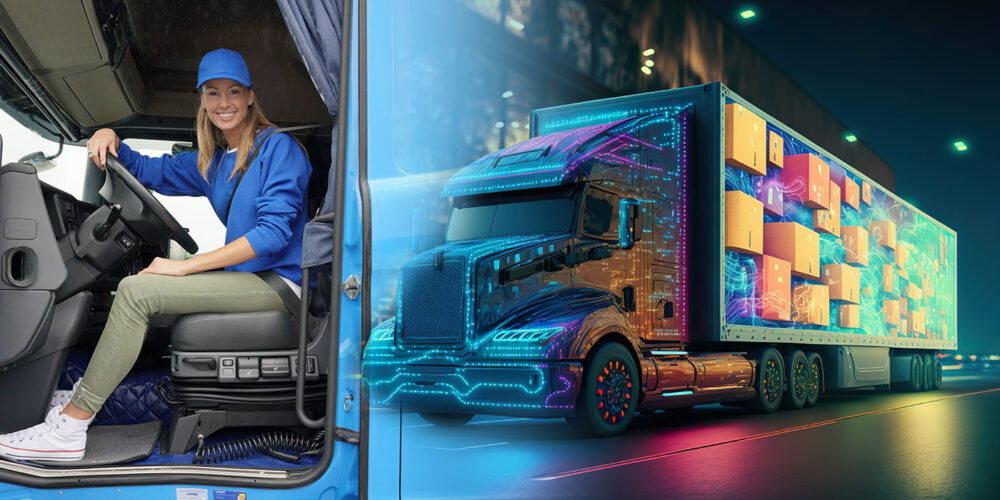What do we get when we purchase an extended warranty? As I have written before, to me, the warranty is included in the original price of the vehicle. Certainly, all parts of vehicles have a service life and will fail or wear out at some point. We have always thought of 500,000 miles as the ceiling. If we purchase an extended warranty, it is just prepaid repairs for that ceiling. Anything above that ceiling is a “maintenance item.” Extended warranties can feel like a club membership that makes you believe that everything is covered—it is not 500,000 miles; it’s just an additional 400,000 miles on top of the 12 month’s worth of 100,000 miles, or hidden hours.
Extended warranty or insurance repair programs are offered like a menu with pricing attached to various items, like at high-end restaurants. Creamed corn is à la carte. Except truck menu items are approaching $10,000 on a new vehicle, and adding interest to that number could add another 10% over five years. That is roughly 3 cents per mile in maintenance costs. It does not show up in maintenance but in depreciation and a loan note; it’s hidden, but it is there if you want to admit it. That’s about $2,500 per year over five years or 500,000 miles. For what? A little tax benefit or bonus depreciation?
Fleet management wants to leverage the warranty, but in most cases, trucks need to go to the dealer for those repairs to get your investment back. There, complicated repairs like a harness are replaced under warranty. But shouldn’t a harness last at least 500,000 miles? Then there are many parts that are only partially covered by the warranty, and you are responsible for the balance. Certainly, the dealers have a stake in this but charge you the unpaid balance.
Again, profit isn’t a dirty word, but at a minimum, we must realize ROI on the extended warranty—saving at least $2,500 per year, per vehicle (theoretically).
Here is the rub: Fleets are always trying to file in-house for their warranty money received and, in some cases, people are paid an incentive for money collected. Offering those incentives adds to the top of the ROI. But, do we track the money paid to the dealer that repaired the vehicle? Do we record the VMRS code and then credit the cost so we know what the component’s CPM is? Do we file the zero-charge paperwork? When we received a check for the in-house repair warranty, does the check go against maintenance cost or general accounting buckets? In most cases, no.
I would suggest that before you purchase the approximately-$12,000 extended warranty for 100 trucks for $1.2 million dollars, think about ROI. The real question is not what the extended warranty covers but what it does not cover! An air compressor that pumps oil at 300,000 miles is probably not covered. Carbon on the head is not covered. When not paid, in the fine print it’ll be that carbon on the heads is a maintenance item, and the warranty only covers the castings.
In terms of vehicle cost, add $2,500 per year (or $12,000 upfront) and work down as money is collected for in-house repairs or dealer repairs. After all, we’re paying upfront for something that I believe is built into the cost of getting the vehicle to 500,000 miles or the silent communication about hours.
The extended warranty is a war that is lost when we rely on needed dealers and pay to be a member of the club. That may not be worth the money. We operate from the position of “What if” fears, but for $1,200,000 million in extended warranties on 100 trucks, you have a lot to play with. Maybe you’re just willing to pay $1.2 million for your own paper reduction act.
Remember to ask yourself: What do you really collect per truck?
There’s no magic math bullet that will say what works and what does not. Ask the question: What is not covered? Then run your numbers. Warranty is the enemy of vehicle utilization one injector at a time.














